Author: WildLifeFAQ (Mark Jess)
-
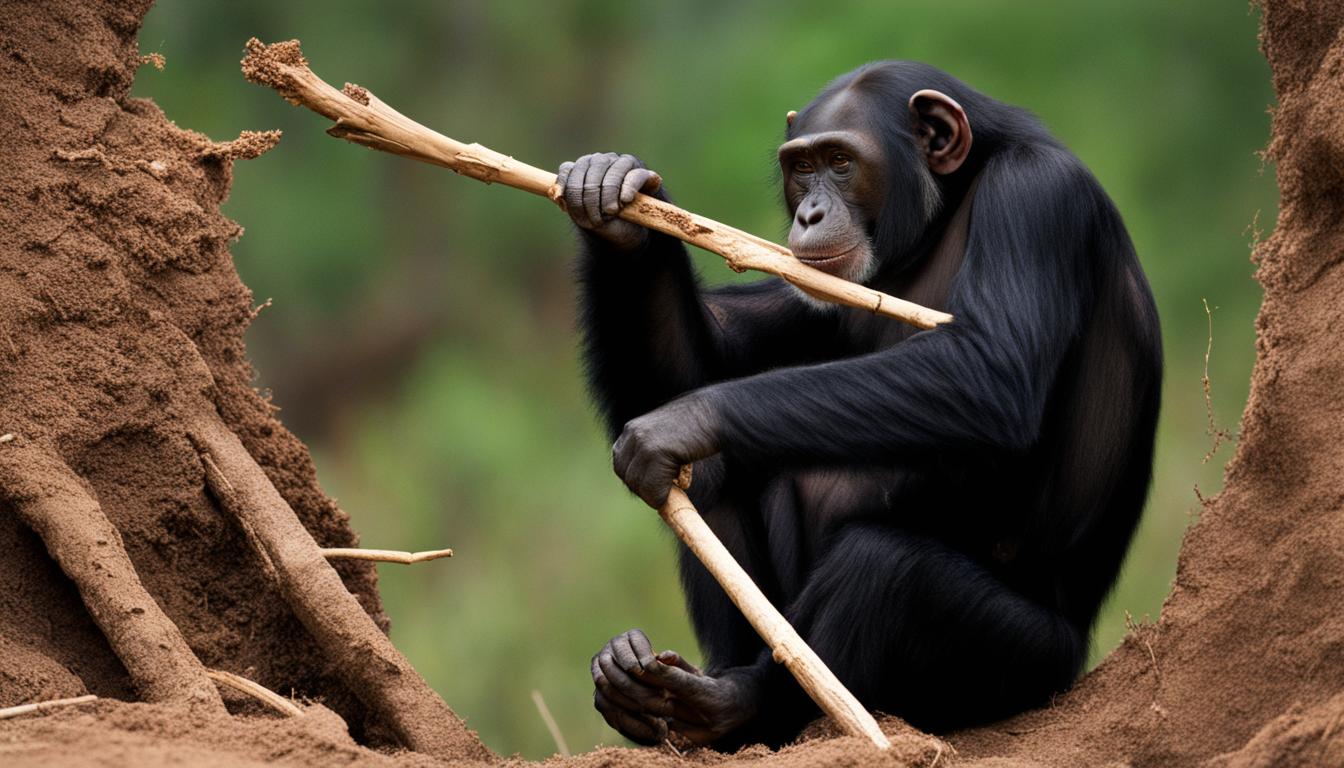
Do chimpanzees use tools, and if so, how and why?
Welcome to our informative article about chimpanzee tool use! In this section, we will explore the fascinating world of animal tool use and delve into the intelligence of these incredible creatures. Chimpanzees, our closest relatives in the animal kingdom, exhibit remarkable tool use behaviors, making and using a variety of complex tools in their daily
-
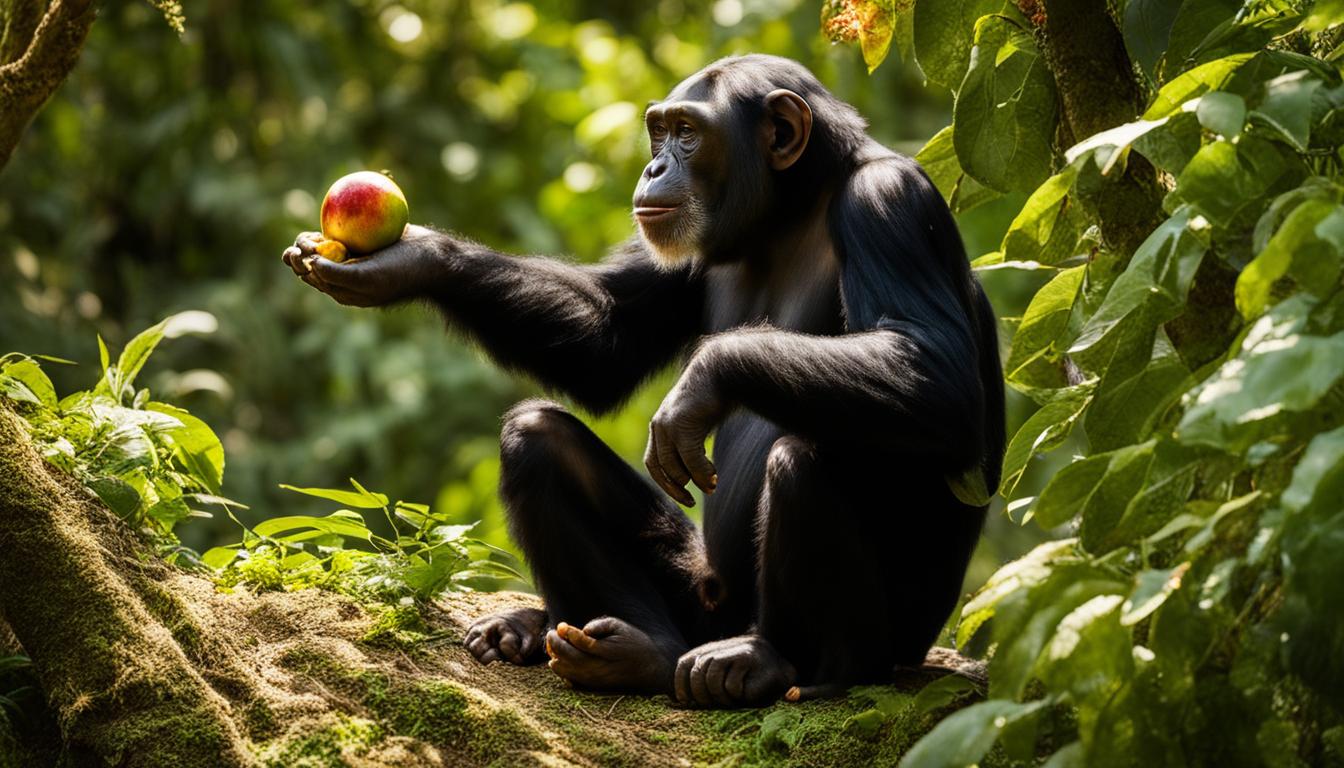
How do chimpanzees communicate with each other in the wild?
Chimpanzees, our closest primate relatives, have a fascinating communication system that involves a combination of vocalizations, gestures, and facial expressions. They use approximately 2,000 unique gestures to convey messages and emotions, similar to the way humans use language. These gestures include hand movements, body postures, and facial expressions. Chimpanzee communication follows linguistic rules, such as
-
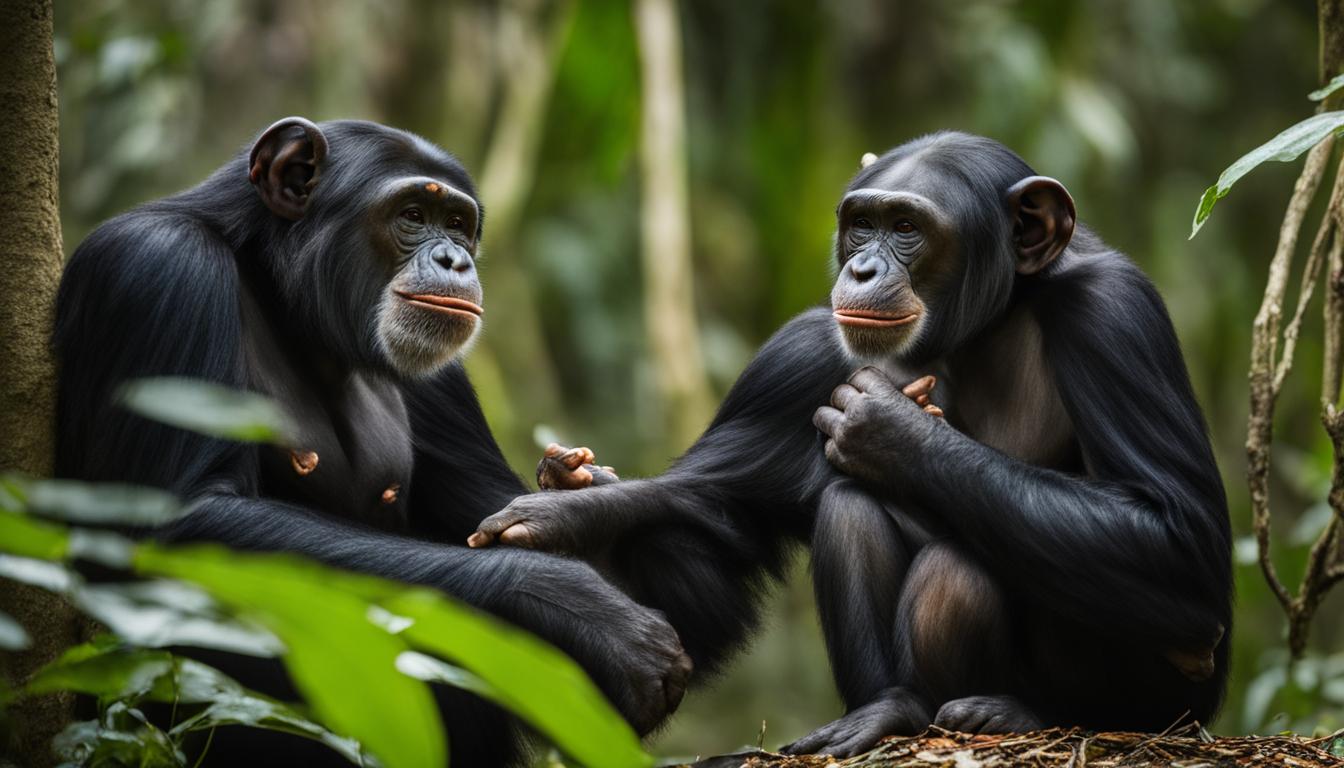
How do chimpanzees mate and reproduce in the wild?
If you’ve ever wondered about the fascinating mating habits, reproduction, and breeding behavior of chimpanzees, this article will provide you with all the information you need. Chimpanzees, as highly social animals, have unique strategies and behaviors when it comes to mating. From their courtship rituals to their intricate social structure, chimpanzees exhibit a variety of
-
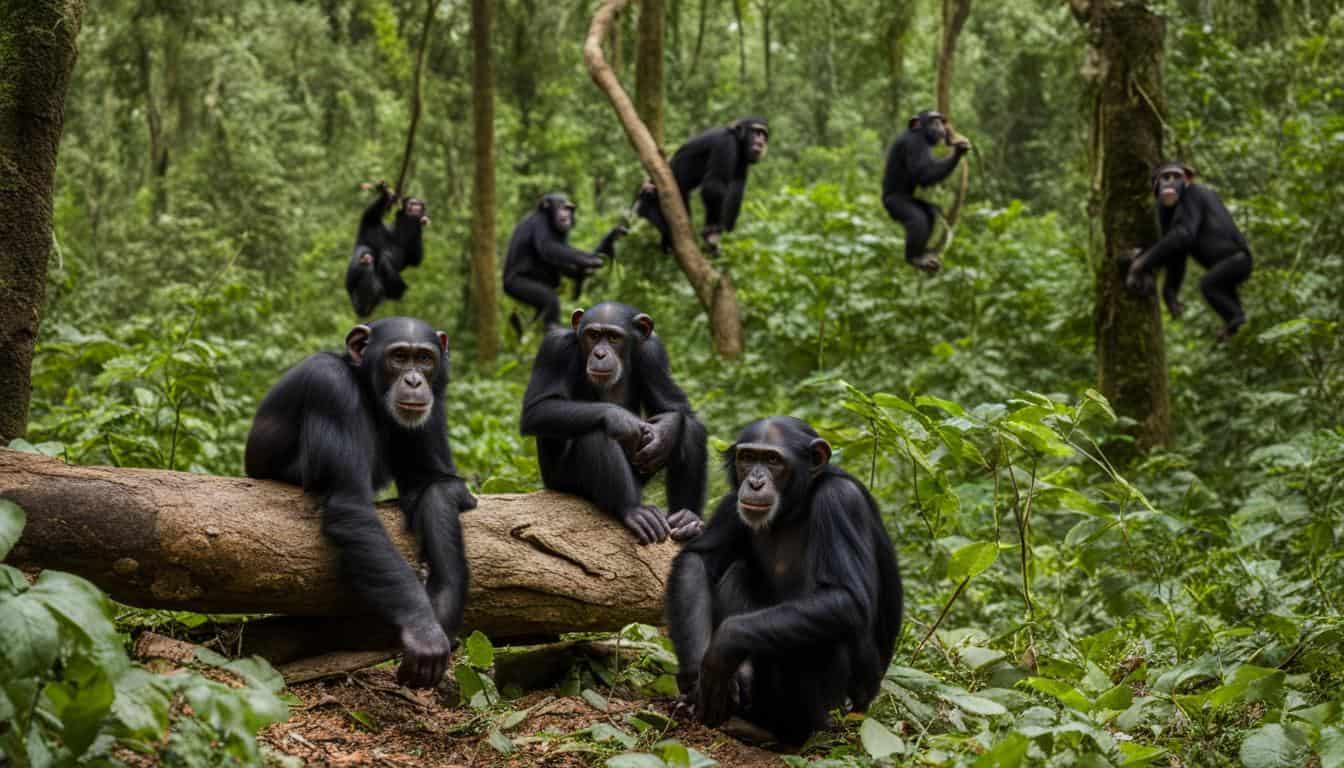
How Do Researchers Study and Track Wild Chimpanzee Populations?
Welcome to the fascinating world of chimpanzee research and study! In this article, we will explore the methods and technologies that scientists use to understand primate behavior, particularly that of chimpanzees. By studying their behavior, we gain valuable insights into their social structure and develop effective conservation strategies. Chimpanzee behavior is complex and varied, making
-
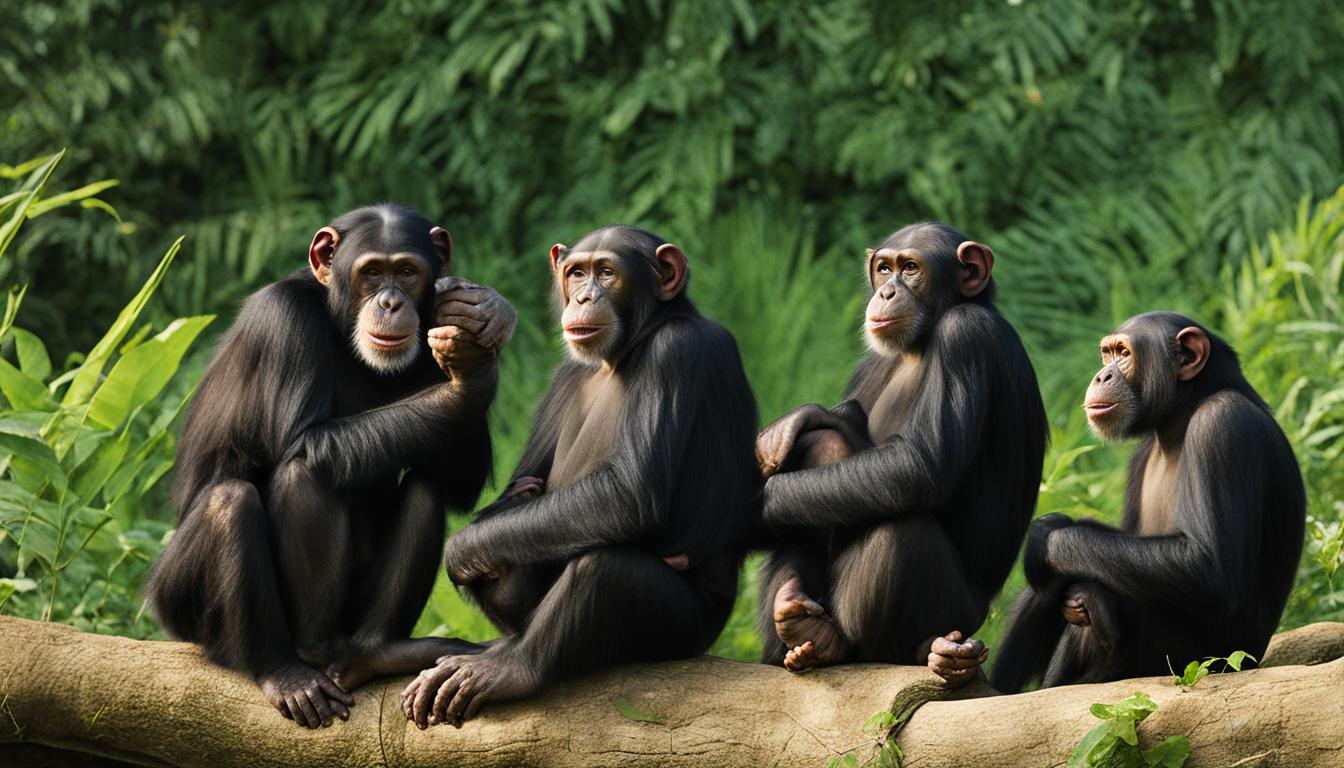
What are the different species of chimpanzees and their distinctions?
Chimpanzees, also known as chimps, are fascinating creatures native to Africa. These amazing apes are classified into different subspecies, each with their own unique characteristics and distinctions. In this article, we will explore the various types of chimpanzees, their physical traits, behaviors, and the importance of their conservation. Chimpanzees are classified into four confirmed subspecies:
-

How do human-chimpanzee conflicts impact chimpanzee populations?
In recent years, the chimpanzee population in Gombe National Park in Tanzania has faced significant challenges. Loss of suitable habitats, including deforestation for charcoal production and smallholder agriculture, has led to a decline in chimpanzee populations. This decline is not limited to Gombe National Park but extends to Tanzania’s overall chimpanzee population. Over 1,000 chimpanzees
